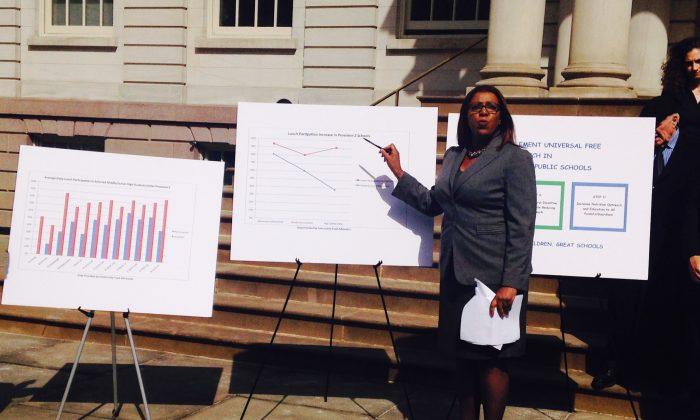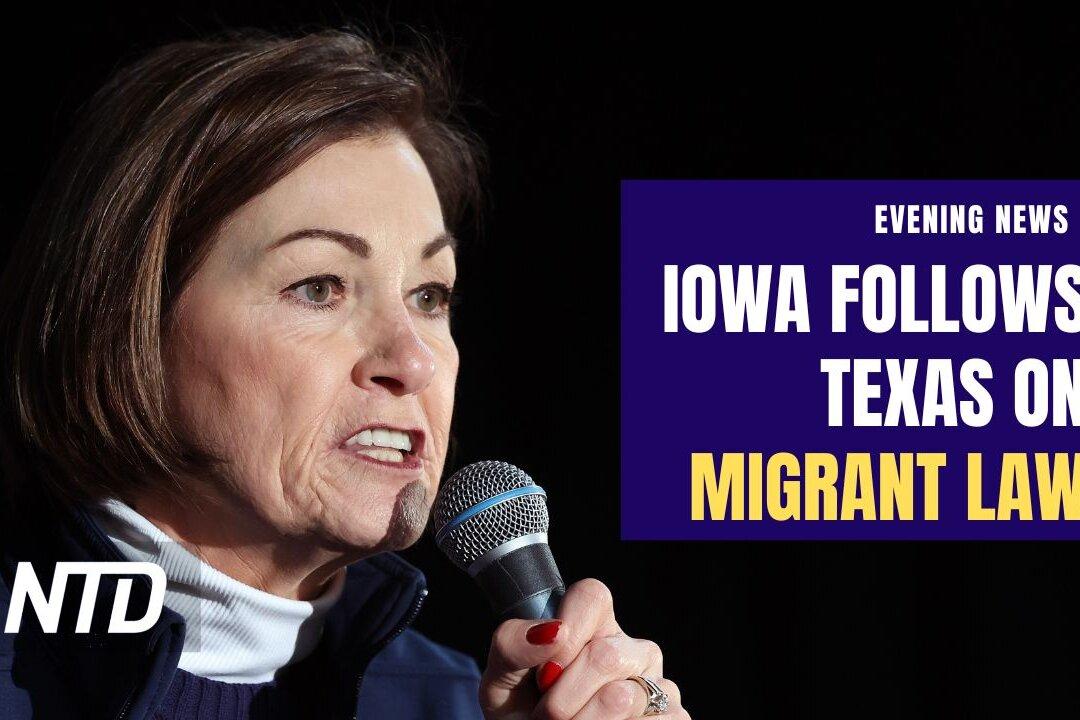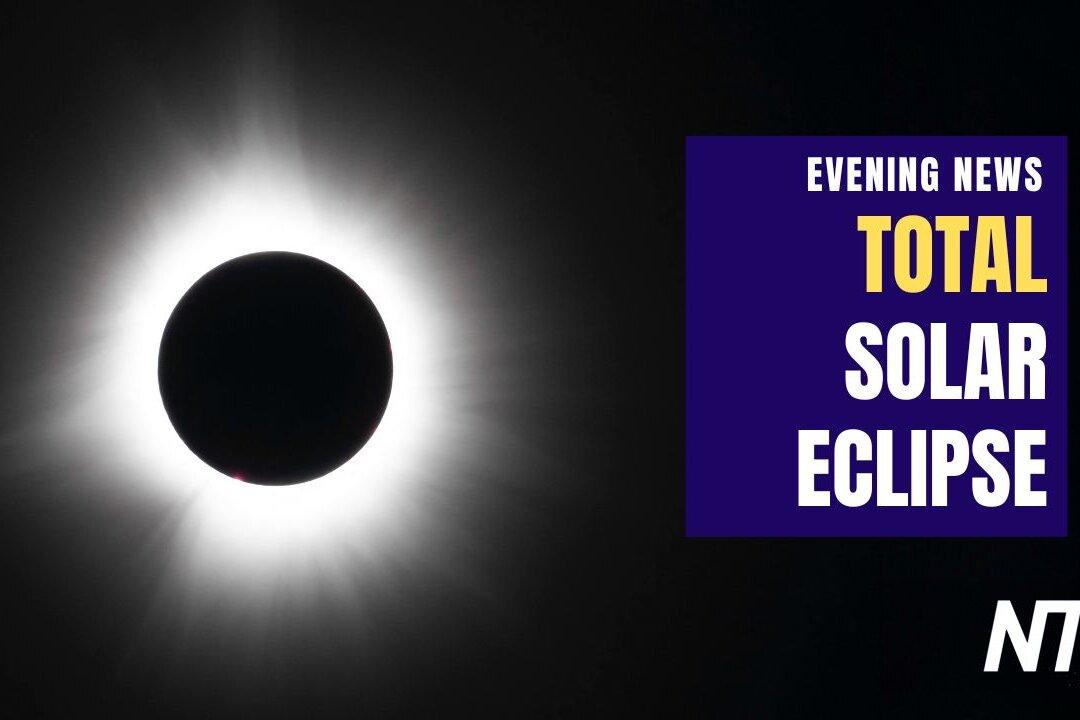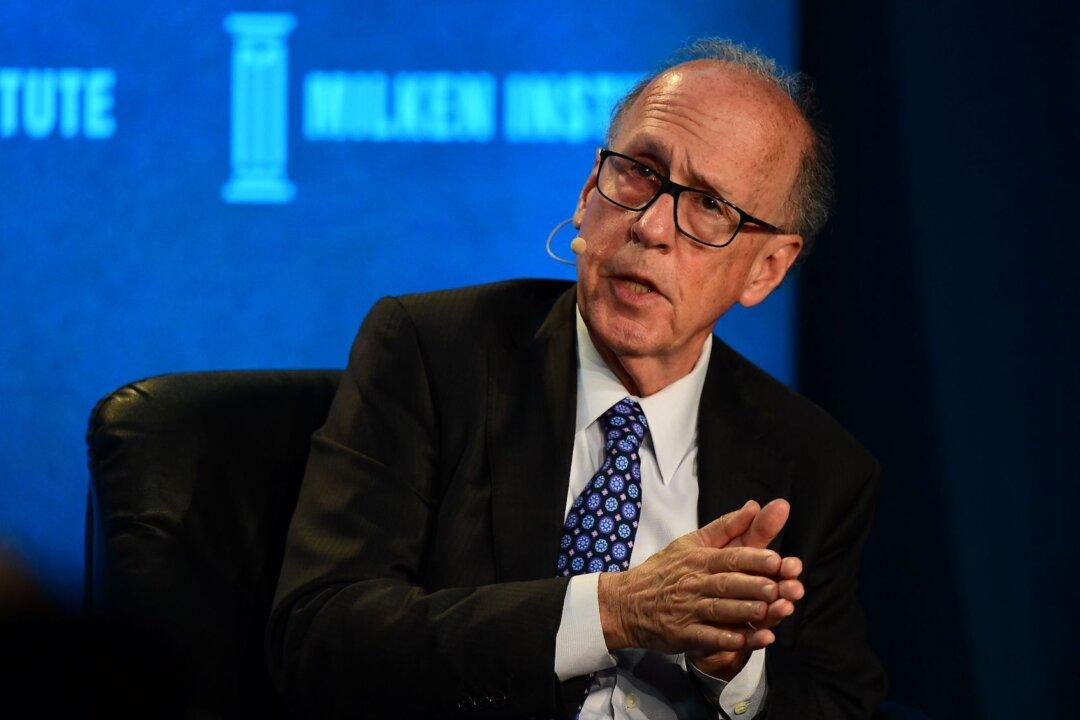NEW YORK—Public Advocate Letitia James is calling for universal free lunch for public school students. The proposal, if realized, will cost the city an additional $20 million per year, or about $20 per student.
The federal government subsidizes free or reduced school lunch programs. The city can get more federal funding if more students sign up for school lunch. However, even with a larger subsidy, the Department of Education (DOE) will have to fill in the gap.
In the 2011-2012 school year, the city spent $37 million on school meals. The federal government handled the bulk of the cost, providing nearly $298 million. Lunch fees collected from students amounted to $10 million.
If lunch fees are eliminated for all students starting in the coming school year, the city will have to pay approximately $57 million for school meals. “We’re basically talking about $20 million more in a budget in the DOE, which is $25 billion,” said James at a press conference Tuesday.
She added that Mayor Bill de Blasio is working to find the resources to fund this proposal.
Students from households with an income of $36,000 or less for a family of three are eligible for free or reduced lunch. About 75 percent of city public school students are eligible, but not every student takes advantage of it.
Removing Sigma of Poverty
James and supporters of universal free school lunch say that the current system prevents students in need from picking up their free lunch because of the poverty stigma associated with it. “We have children standing on two separate lines to get food. Those who are paying and those who are not,” said James.
“I was a New York City public school teacher for 25 years before I got elected to the City Council. And I have to tell you that oftentimes kids did not want to go to pick up their free lunch because they didn’t want to have other kids see them going on the line for the free lunch,” said Daniel Dromm, chair of the city council’s education committee.
In addition, the paperwork required to apply for reduced or free school lunch is a burden for many students from immigrant families. These students will still be given free lunches if they ask for it, but if they are not enrolled for free lunches, the city will not receive the subsidy from the federal government.
An estimated 250,000 eligible students do not participate in the school lunch program. In elementary school, 81 percent of students eat school lunch, but the number drops to 61 percent in middle school, and 38 percent in high school.
“Based on our research, children, whatever their grade is, eat more if you offer it to them free,” said James.
Select public schools that implemented universal free lunch saw lunch participation increase dramatically. At Wadleigh High school, participation went from a little more than 30 percent to nearly 90 percent after lunch became free.
The federal government permits the city to provide free lunch to all students in public schools, so no further approval process is needed to realize this proposal.
Universal free lunch is already in place in five other cities in New York State: Rochester, Buffalo, Hempstead, Syracuse, and Poughkeepsie.
Yi Yang is a special correspondent in New York.





Friends Read Free